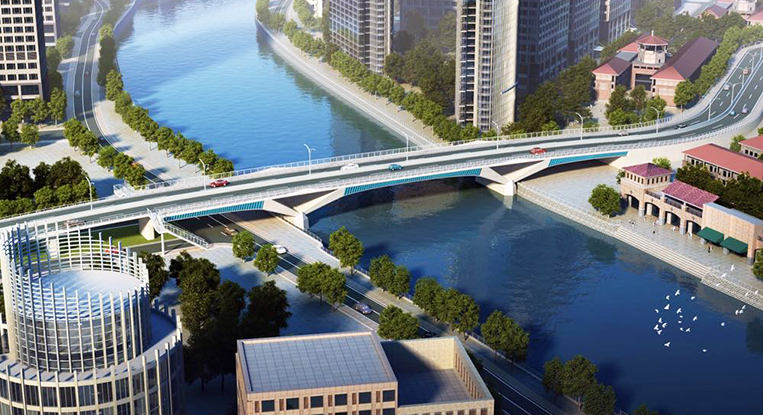
With the Estrella-Pantaleon Bridge now irreversibly closed, the focus turns from trying to stop the project to seeing how long this will actually take. Quite a few people reacted with disbelief when the duration was given as 30 months, and one has to wonder why replacing a little bridge will take over two years to complete—especially as the company doing the work is from China, a country that usually builds everything in record time. Thirty months translates to about 912 days, so let’s have a look at what other prominent building projects were finished faster than this time frame.

1. Eiffel Tower. Work on this iconic French landmark started on the 28th of January 1887 and was done by the 15th of March 1889. That means it took just 778 days to complete this giant jigsaw.
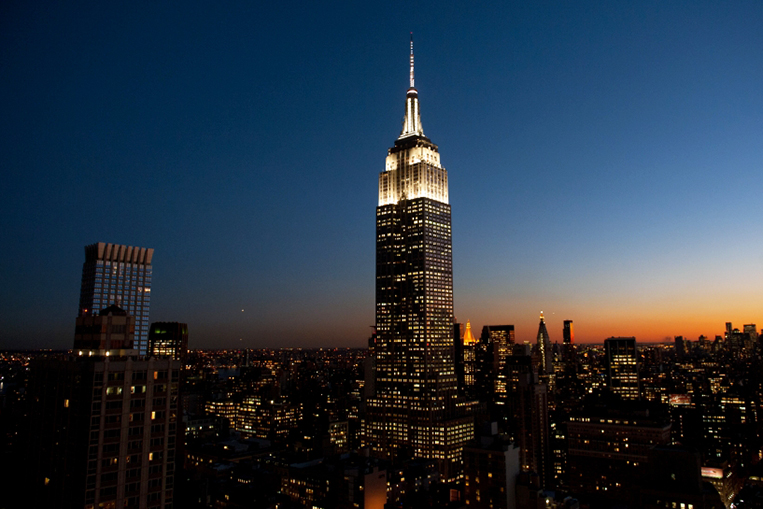
2. Empire State Building. Believe it or not, this tall edifice in New York took just 391 days—or a little over a year—to finish. Construction got underway on March 17, 1930, and the whole building was up and dusted by April 11, 1931.
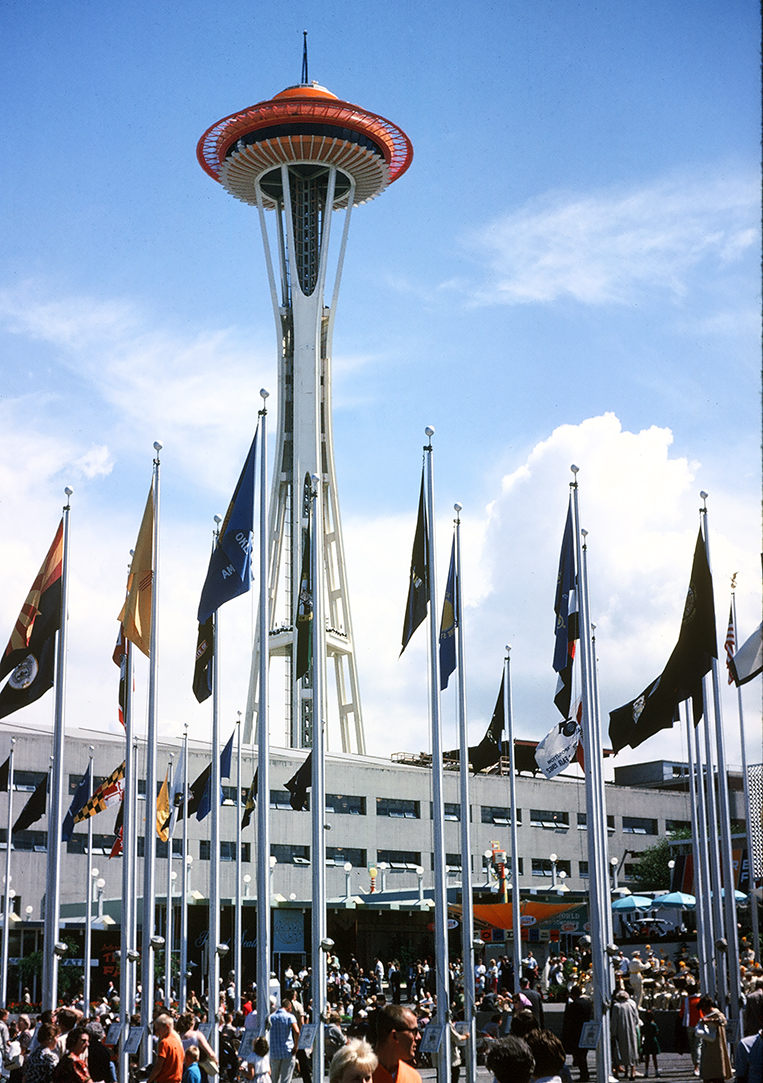
3. Space Needle. Construction on Seattle’s most visible landmark started on April 17, 1961, and was consummated on December 8 of the same year. Total time: 236 days.
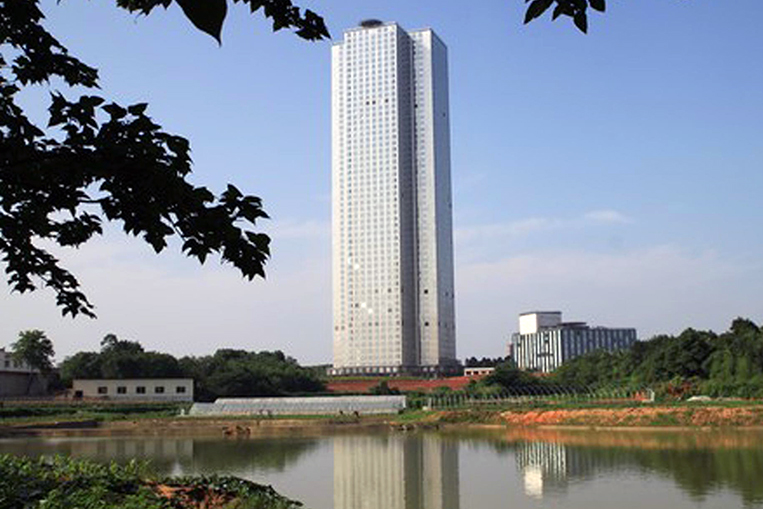
4. Mini Sky City. Back in 2015, a Chinese construction company managed to build a 57-story skyscraper in just 19 days. That’s not a typo. Nineteen days! The structure was put up using 2,700 prefabricated modules. Even if you factor in the time it took to build those modules off-site, the total should still be less than five months.

5. Sanyuan Bridge. Finally, here’s an example of how fast Chinese builders can replace a bridge if they really want to. This bridge in Beijing started to show worrying signs of wear a few years ago and so the local government ordered it replaced. Because it is part of a crucial roadway (sound familiar?), the work had to be done as fast as possible. And boy, did those guys put their foot down! It took a mere 43 hours for the old bridge to be demolished and the new one put in its place. Originally, the plan had been to take just 24 hours, but they realized that the damage to the old bridge was worse than expected. Check out this time-lapse video:
You may now think that the above list is just a cheap way to make fun of a controversial project, but there’s actually a serious point to this. We find it very hard to believe that a Chinese company would take over two years to replace such a small structure like the Rockwell Bridge, so the suspicion is that there’s more to this than meets the eye. Confirmation of this may well have come in the form of a recent tweet by ABS-CBN news anchor Ron Cruz:
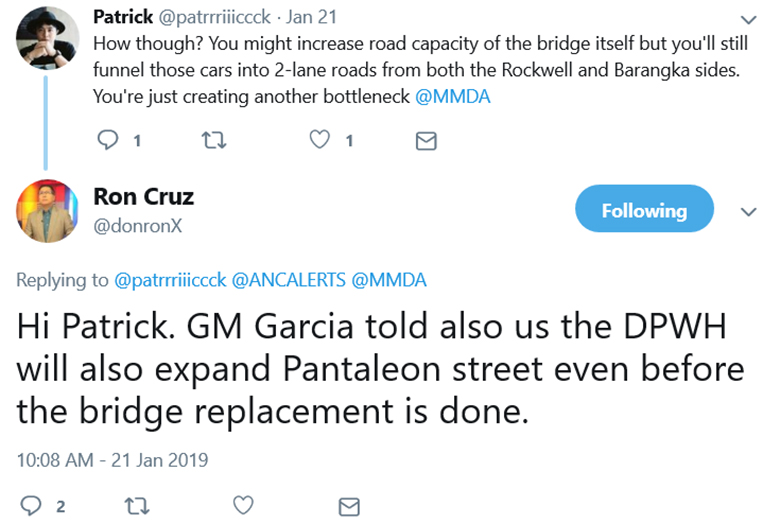
It appears that—at least on the Mandaluyong side—road-widening works that could reach well beyond the site of the actual bridge are part of the plan. Now, the mock-ups of the new bridge did show some changes to the layout of the area, but nothing seemed to have been communicated in detail to the public or the residents. This means a lot of people along Pantaleon Street—and maybe even along other streets—might be in for a shock when government workers suddenly turn up to tear their houses down, as there is otherwise no way to widen the road in a very confined area without doing so.
We may be in for some very interesting conversations when this work starts, as some of the structures currently standing in the immediate vicinity probably shouldn’t have been built in the first place to ensure that a usable easement area is always available. Plenty of political finger-pointing may well then ensue once the diggers show up. This step would also explain why the whole project is being projected to take more than two years to complete. Anyone living in the affected area should ask the Department of Public Works and Highways about what the final plans are to avoid getting nonplussed by the possible turn of events.

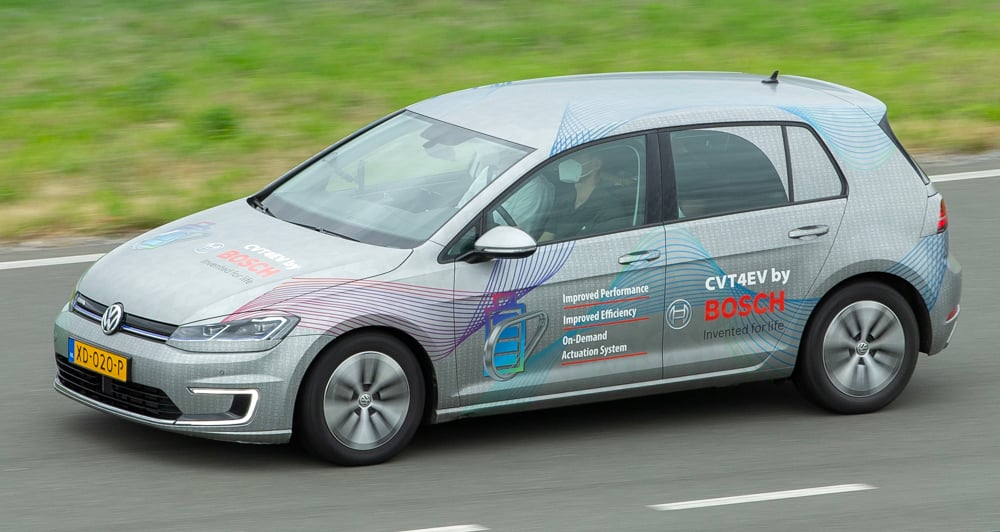




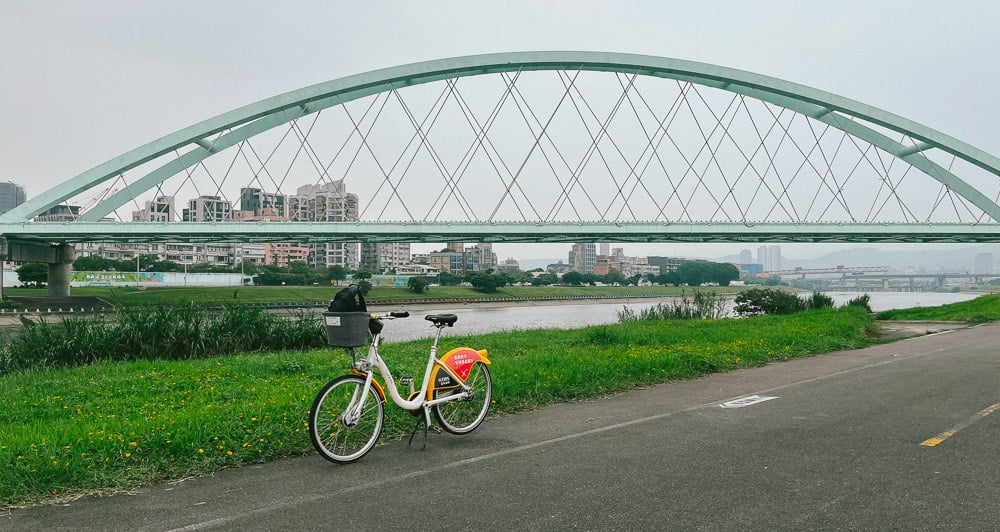




Comments